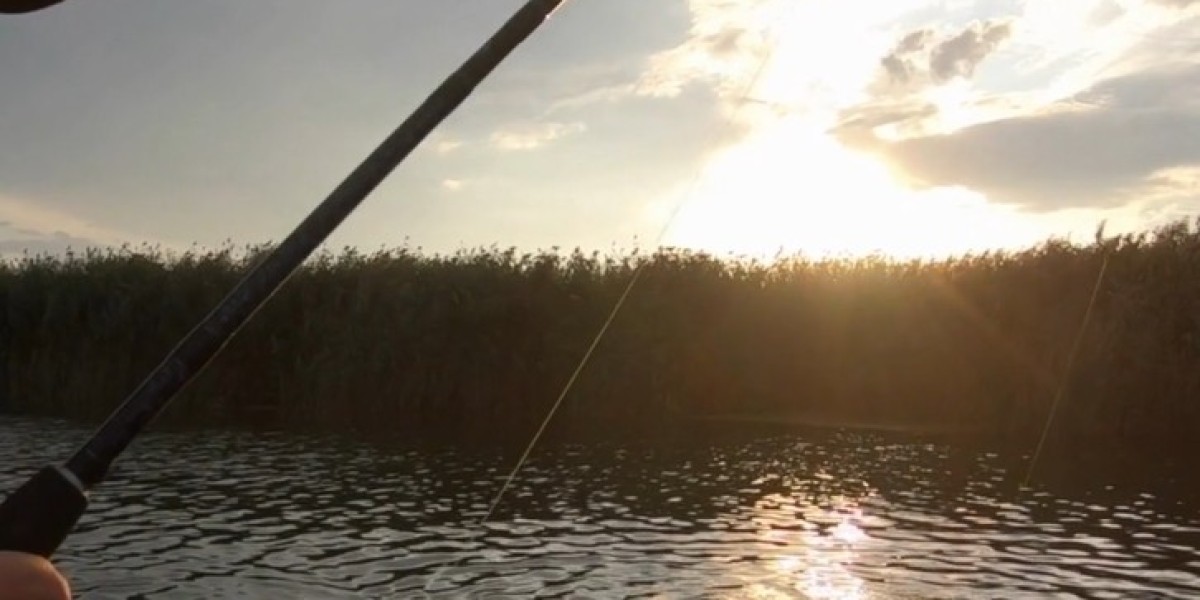Swimbait: The Irresistible Allure
How Does a Swimbait Work?
A swimbait is a fishing lure designed to imitate the natural swimming action of baitfish. It typically features a soft plastic body and a realistic tail that produces a lifelike motion in the water. Swimbaits can be retrieved at various speeds, allowing anglers to mimic the behavior of wounded or fleeing prey. Their realistic appearance and enticing movement make them highly effective in attracting predatory fish.
Types of Swimbait
Swimbaits come in various shapes and sizes, including hard-bodied and soft-bodied options. Hard-bodied swimbaits are typically made of wood or plastic and are suitable for larger game fish. Soft-bodied swimbaits, on the other hand, are more versatile and can be used for a wide range of fish species. They often come pre-rigged with hooks and are available in different colors and patterns to mimic specific baitfish species.
Benefits of Using Swimbait
Using swimbaits offers several advantages for anglers. Firstly, their realistic appearance and lifelike swimming action make them highly enticing to fish. They can attract a wide range of species, including bass, pike, muskie, and more. Additionally, swimbaits are versatile and can be fished in various conditions, such as freshwater lakes, rivers, and even saltwater environments. Furthermore, swimbaits are durable and can withstand multiple strikes, increasing their longevity and value for money.
Tips for Fishing with Swimbait
To maximize your success with swimbaits, consider the following tips:
Match the size of the swimbait to the size of the fish you are targeting.
Vary your retrieval speed to imitate different swimming behaviors.
Experiment with different colors and patterns to find what works best in your fishing location.
Target areas with structure, such as weed beds, drop-offs, or submerged rocks, where predatory fish often lurk.
Crappie Jig: A Classic for Crappie Anglers
What is a Crappie Jig?
A crappie jig is a versatile fishing lure specifically designed for catching crappie, a popular game fish. It typically consists of a lead head, a hook, and a soft plastic body that imitates small baitfish or insects. Crappie jigs are available in various sizes, colors, and designs to attract the attention of crappie in different conditions.
Different Types of Crappie Jigs
Crappie jigs come in different styles to suit various fishing techniques. Some common types include tube jigs, curly tail jigs, and marabou jigs. Tube jigs are highly versatile and can be fished at different depths and speeds. Curly tail jigs create a realistic swimming action, while marabou jigs offer a more subtle presentation that can be effective in clear water or during cold fronts.
Advantages of Crappie Jigs
Crappie jigs have gained popularity among anglers for several reasons. Firstly, they are highly effective in attracting crappie, which are known for their love of small prey. Secondly, crappie jigs can be used in various fishing environments, including lakes, rivers, and reservoirs. Additionally, crappie jigs are affordable and readily available, making them accessible to anglers of all experience levels.
Techniques for Using Crappie Jigs
To increase your chances of catching crappie with jigs, try the following techniques:
Use light tackle and a sensitive rod to detect subtle bites.
Experiment with different jig colors to find the most effective option for the day.
Target structures such as submerged trees, brush piles, or docks where crappie tend to gather.
Vary your retrieval speed and depth to find the optimal presentation that triggers a strike.
Weedless Jigs: Overcoming Obstacles
Understanding Weedless Jigs
Weedless jigs are specifically designed to navigate through weedy or snaggy areas without getting caught. They feature a streamlined design and a weed guard that prevents vegetation or debris from fouling the hook. Weedless jigs are a popular choice for anglers who fish in areas with dense vegetation or underwater structure.
When and Where to Use Weedless Jigs
Weedless jigs are particularly effective when fishing in areas with heavy cover, such as lily pads, submerged grass, or brush piles. They allow anglers to target fish that seek refuge in these locations, increasing the chances of a successful catch. Weedless jigs are commonly used for bass fishing but can also be effective for other species like pike, walleye, and panfish.
Advantages of Weedless Jigs
The use of weedless jigs offers several advantages for anglers. Firstly, they provide the opportunity to fish in areas that would otherwise be inaccessible due to thick vegetation. Secondly, weedless jigs reduce the frustration of constant snags and fouling, allowing for a more enjoyable fishing experience. Lastly, weedless jigs increase the chances of hooking fish while minimizing the risk of losing lures.
Tips for Fishing with Weedless Jigs
To make the most of weedless jigs, keep these tips in mind:
Select a jig size that matches the target species and the thickness of the vegetation.
Use a steady retrieve or employ a hopping or swimming action to entice strikes.
Pay attention to any subtle movements or line twitches that indicate a fish has
noticed the lure. 4. When fishing in weedy areas, cast near the edges or pockets within the vegetation where fish are likely to hide.
Be patient and allow the fish enough time to strike before setting the hook.
Conclusion
In conclusion, swimbaits, crappie jigs, and weedless jigs are valuable additions to any angler's tackle box. Swimbait's realistic appearance and lifelike swimming action make them irresistible to predatory fish, while crappie jigs are specifically designed to attract crappie with their small baitfish or insect imitations. Weedless jigs, on the other hand, offer the advantage of fishing in weedy or snaggy areas without constant frustrations.







